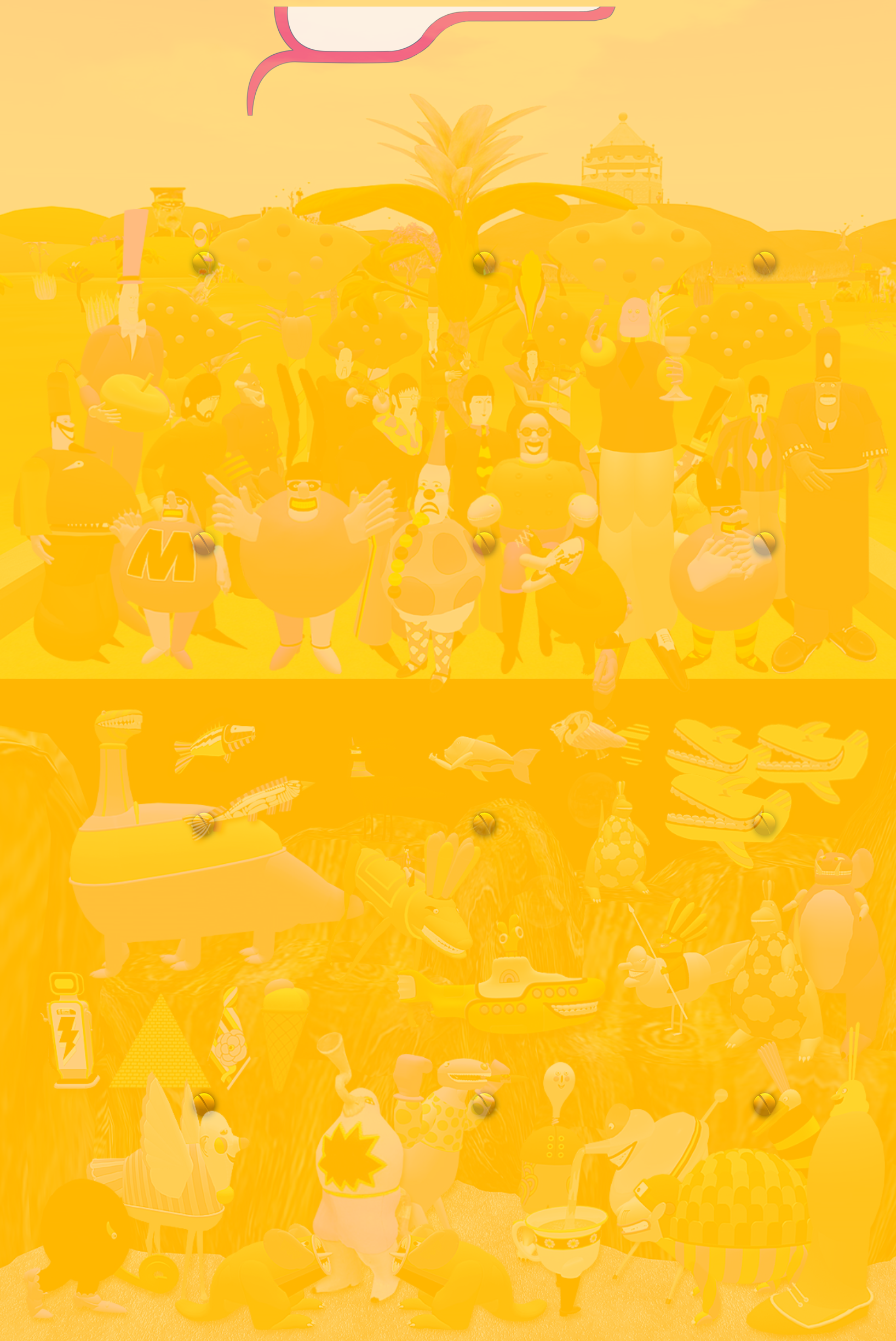


It was decided that each character would be about 5” in height but this meant that tiny details could be easily broken when trying to file down
and/or remove the thin supports that the printer makes. The base plate of the printer is heated during the print process and ‘Kapton’ tape is used
to act as a conductor and to make sure that the model is firmly attached thoughout the print process. Blue painters’ tape is also used to ensure
the model adheres well. The nozzle width can be changed as can the height that each printed layer is set to. After so many trials and errors, we
came to the conclusion that larger models with more of a percentage of infill was the way to go. Time wasn’t of importance when printing, we just
wanted detail and were simply not getting it with the characters at the height we’d set them at. So bigger is better in this case and the chess idea
went out of the window. Some of the models didn’t appear smooth either, pixelated but in 3D and this problem further came to light when painting
them. It was so hard to paint small details such as whites of eyes and pupils on such a rough surface and at such a tiny scale. But on a more
positive note, we now have two very unique models that no one else in the World has and that’s a great feeling.
I had always wanted to get into 3D Printing, having been a modeller for as long as I can
remember. Once Pepperland was finished, I decided to see if the characters from the movie
would lend themselves to the various pieces of a chess game. If they did, how nice would it
be to be able to print them out on a 3D printer. With that in mind, I took the decision to buy
one and what a steep learning curve I’d set for myself. I’d heard the various file names and
filament names that Jeremy has indicated on the black board and often wondered what
they all meant. Chelsea seemed more clued up than I and it was she that took the character
files and converted them ready for printing. From the OpenSim builder menu, files can be
saved out as .dae files and then converted to .stl files, the kind that 3D printers understand.
They might need a bit of tweaking though especially if the body of a character is solid and
arms are attached that might be hollow. Strange things can happen but there are several
online services that rectify any problems and provide you with a printable file. Below are two
galleries, the first showing the printer and several attempts at printing and the second, a
study of the Turtle and the Motor, two objects that turned out to be the best 3D Prints.























